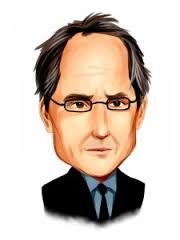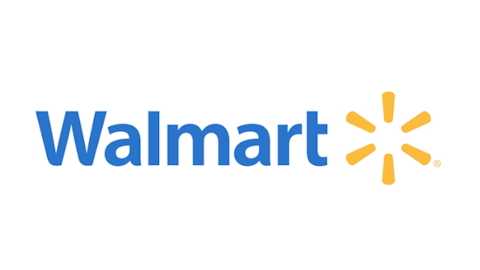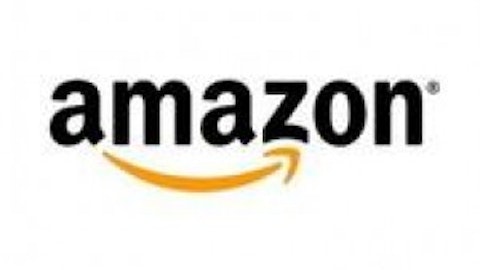Target Corporation (NYSE:TGT) is up 25% so far in 2012, beating the S&P 500’s gain. Investors believe that a continued weak recovery in the U.S. will keep driving consumers to discount retail stores. This explains the rise of not only Target and rival Wal-Mart Stores, Inc. (NYSE:WMT)– the Blue Team of the big-box discount retail industry is about even with Target’s performance this year- but also of the various dollar stores. Dollar General Corp. (NYSE:DG), for example, has seen its stock up about 25% this year as well.
Target Corporation’s sales edged up 3% in the second quarter of the year compared to the same period a year ago. This was a bit lower than what the company had experienced in the first quarter, bringing revenue growth for the first half of 2012 to 5%. Same store sales were 4% higher for the first six months of 2012 versus 2011. Net income ended up being about flat thanks to higher costs, but thanks to Target’s buyback program earnings per share for the first half of the year ended up at $2.10 compared to $2.02. Over $1 billion- nearly half of Target’s cash flow from operations- went to repurchasing shares in the first half of the year. This was actually less than the company spent in the comparable period in 2011, but that makes sense given the rise in the share price- would you not expect Target to be a smart shopper?- and it is still an impressive commitment to shareholder value.
Target now trades at 15 times trailing earnings, with forward earnings consensus for 2013 implying a P/E multiple of 13 for that period. Target Corporation, of course, is also notable as a decent way to play a bear market: its beta of 0.4 mean that it is not very exposed to broader market movements, and it pays a dividend yield of 2.3%. Growth has not been very good, with buybacks not pulling EPS up by enough by themselves to make the stock a good value, but we certainly don’t consider the stock overvalued at the current price.
D.E. Shaw increased its stake in Target by 13% during the second quarter of the year, and by the end of June the large hedge fund names after its founder and manager owned a total of 1.1 million shares of the company (see more stock picks from D.E. Shaw). Levin Capital Strategies, managed by John Levin, also liked the stock and increased its holdings of Target to 1.7 million shares, which came out to about $100 million (research more stocks Levin had $100 million invested in). Thomas Steyer’s Farallon Capital was another hedge fund with a large position in the stock, at 1.7 million shares as well.
Wal-Mart is narrowly more expensive than Target, at 16 times trailing earnings and 14 times forward estimates, but given its market leadership we think it deserves to trade at a premium relative to Target. Both retailers are also about even on a defensive basis, with Wal-Mart carrying a beta of 0.4 and a 2.1% dividend yield, so the two stocks end up looking about identical in terms of value proposition. Costco Wholesale Corporation (NASDAQ:COST) is the growth player in the big-box discount retail peer group: its earnings were up 19% last quarter compared to a year earlier, driven by an 8% increase in revenue and higher margins. However, it is priced for significant future growth at a forward P/E of 23. Target and Wal-Mart are cheaper enough that we would prefer them.
We’ve also mentioned Dollar General, and would also include Dollar Tree, Inc. (NASDAQ:DLTR) to give a better picture of this segment of the market. These stocks also trade at a premium relative to Target, as their trailing P/Es cluster in the 20-22 range and their forward P/Es are between 16 and 17. They don’t pay dividends, but they have betas of 0.1 and so might arguably be a better way to shield a portfolio from a market downturn. Dollar General and Dollar Tree also grew their respective earnings by 47% and 26% in their most recent quarter compared to the same period in the previous year; as such, they beat Costco on both value and growth. If investors believe that they can continue turning in higher earnings, they could be better buys than Target or Wal-Mart as well.





